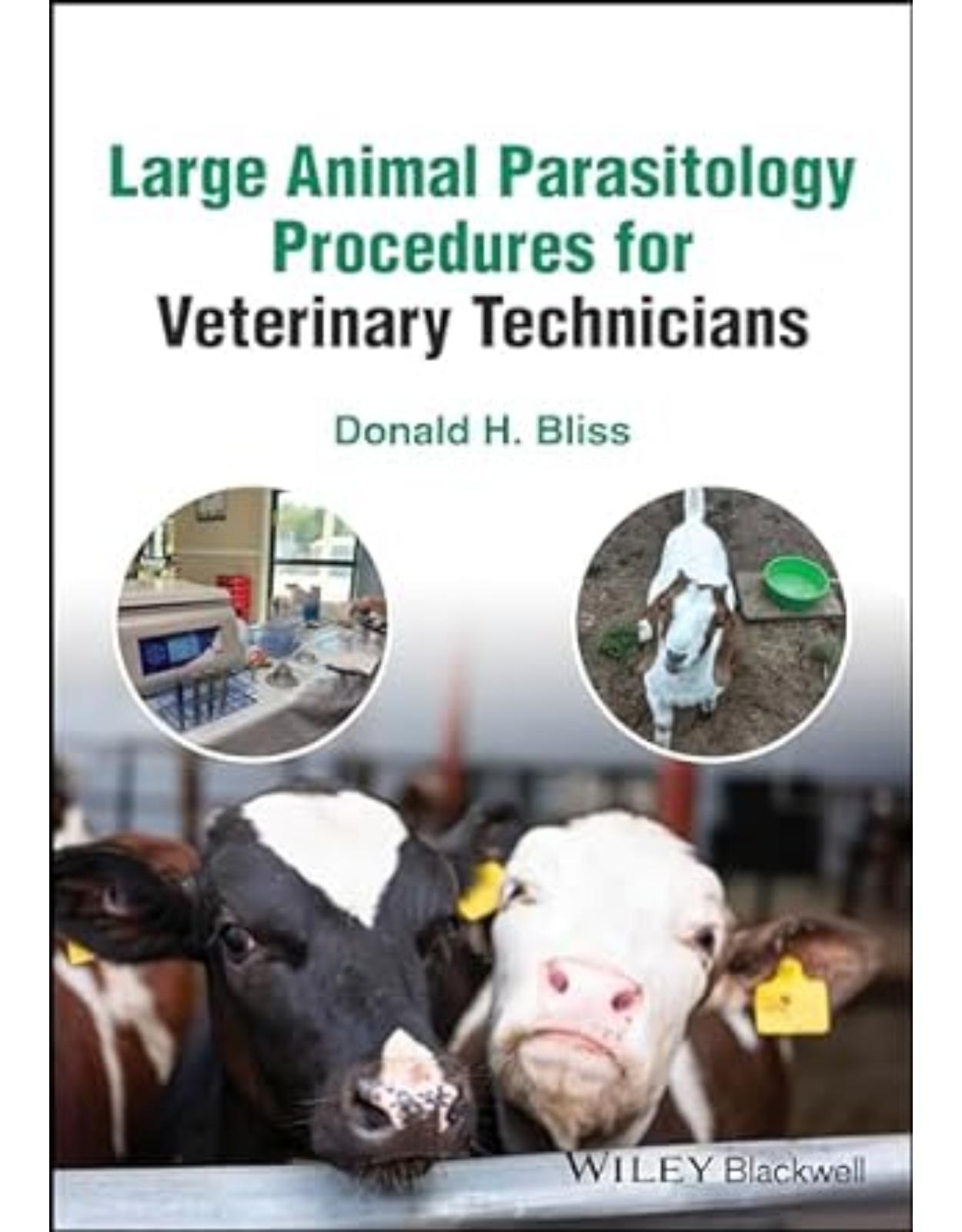
Parasitology Procedures for Veterinary Technicians
Livrare gratis la comenzi peste 500 RON. Pentru celelalte comenzi livrarea este 20 RON.
Large Animal Parasitology Procedures for Veterinary Technicians
Comprehensive illustrated reference on parasitic nematodes, cestodes, coccidian oocysts and trematode egg recoveries, identification, and enumeration with treatment strategies for five separate categories of animal patients
Large Animal Parasitology Procedures for Veterinary Technicians illustrates, in detail, the most sensitive diagnostic procedure for internal parasites of domestic animals using the Modified Wisconsin Sugar Flotation Method. With step-by-step pictures and bullet-point instructions, this text discusses sample collection and storage techniques, as well as the strengths and weaknesses inherent to other commonly used tests. Potential sources for infection, the seasonality of the infection, possible environmental recontamination, and control strategies are all covered in detail, with suggestions to prevent reoccurrences.
Parasites of the equine, large and small ruminants (including alpaca), swine, poultry and hoofed wildlife patients are included, with full color images for quick identification, an assessment of life cycle stage, and discussion of zoonotic potential. Each species section is heavily illustrated with comparative images to aid the technician in quickly identifying the parasite and life cycle stage.
In Large Animal Parasitology Procedures for Veterinary Technicians, readers can find information on:
- The definition and economic importance of parasitisms, details on the epidemiology of parasitic enteritis, including basics of protozoology, helminthology, and overall applied veterinary parasitology
- Sample collection and shipment of specimens, including collection, storage, examinations, and interpretations
- Fecal examination using the Modified Wisconsin Sugar Flotation method, compared with gross examination, smear, sedimentation, and other flotation techniques, plus a fluke egg recovery technique and the Baermann technique for lungworm larvae recovery
- Internal parasite diagnosis and worm egg recoveries, descriptions and pictures of nematode parasite eggs (as well as coccidia oocysts), plus tapeworm eggs and fluke egg descriptions and photos for a variety of host animals
Illustrating commonly used diagnostic tests in veterinary parasitology, with step-by-step instructions for accuracy, Large Animal Parasitology Procedures for Veterinary Technicians is an essential reference for veterinary technicians and veterinary technician students dealing with domestic animals, including horses, ruminants, swine, poultry, and hoofed wildlife.
Table of Contents:
1 Introduction to Large Animal Parasitology Procedures for Veterinary Technicians 1
Gastrointestinal Parasitism Can be Categorized into Four Distinct Periods of Development 22
Early Larvae Development and Translation Period 22
The Ingestion and Infective Prepatent Period 30
The Inhibition or Arrested Development Phase 31
The Patent Period 35
References 57
2 The Modified Wisconsin Sugar Flotation Method 59
Standard Operating Procedure for the “Modified Wisconsin Sugar Flotation Technique” 82
Interpretation of Fecal Worm Egg Counts in Sheep, Goats, and Camelids Using the Modified Wisconsin Sugar Flotation Technique 88
Quick Assessment for Sheep, Goats, and Camelids Based on Fecal Worm Egg Counts 97
References 106
3 Parasites in Beef Cattle 107
Strategic Deworming Entails More than Simply Applying a Dewormer 115
The Economics of an Aggressive Deworming Program 115
Interpretation of Fecal Worm Egg Counts in Cattle Using “The Modified Wisconsin Sugar Flotation Technique” 133
Fecal Egg Count Reduction Test (FECRT) 137
Product Profile of Fenbendazole (Safe-Guard®/Panacur® – Merck Animal Health) 137
Treatment Timing 142
Gastrointestinal and Lungworm Parasites Found in Beef Cattle 142
Stomach (Abomasal) Worms 142
Intestinal Nematode Parasites 142
Intestinal Cestode Parasites (Cattle Tapeworms) 158
Cattle Lungworm (Dictyocaulus viviparous) 158
Trematodes Parasites (Liver Flukes) 161
Protozoan Parasites of Cattle 162
References 167
4 Parasites in Dairy Cattle 171
Detection is Foremost in the Economic Analysis 171
Gastrointestinal and Lung Parasite Infections Found in Dairy Cattle (See Figure 4.8) 175
Stomach Worms 175
Intestinal Nematode Parasites 177
Intestinal Cestode Parasites (Cattle Tapeworms) 183
Cattle Lungworm (Dictyocaulus Viviparous) 185
Trematodes Parasites (Liver Flukes) 185
Protozoan Parasites of Cattle 185
Risk Factors and Production Losses Caused by Gastrointestinal Parasitism 188
How Many Parasites are Needed to Cause Clinical Disease? 188
Level of Efficiency Can Affect Production Losses 189
Variation in Parasites Numbers and Levels of Contamination Rates Exists 190
Age and Management Variations Affect Parasite Buildup in Animals 191
Understanding How Gastrointestinal Parasites Affect Lactating Dairy Cows 191
Monitoring Dairy Herds for Gastrointestinal Parasite Infections 192
Every Herd is Different when it Comes to Internal Parasitic Infections 192
The Following are Guidelines to Determine Parasite Exposure of a Dairy Herd Based on Animal Management 192
Obtaining a Comprehensive “Parasite Fecal Check” of the Herd Can be Important 193
Production Losses Due to Gastrointestinal Parasites 193
Seasonal Control of Gastrointestinal Parasitic Infections in Dairy Operations 193
Conclusion 197
References 198
5 Parasites in Equine 199
Gastrointestinal Nematode Parasites Affect Horses in Many Ways 200
Parasites Develop Differently in Horses than in Cattle 202
Parasite Resistance to Dewormers has Become a Major Problem 206
The Seasonal Transmission of Parasites in the Horse 208
Seasonal Control of Parasites in Horses Can be Achieved by Reducing Parasite Contamination from the Environment 211
General Recommendations for Strategic Timed Deworming for the Season Control of Gastrointestinal Parasites in Horses 212
A Two-Year Study Demonstrating the Value of Strategic Deworming to Reduce Environment Contamination was Conducted in Nevada 213
Equine Dewormers 217
Fecal Monitoring is the Best Way to Determine Whether Treatment is Effective 218
The Major Gastrointestinal Nematode Parasites of Horses are 219
Other Notable Internal Parasites of the Horse 219
Review of Internal Nematode Parasite of Horses 219
Other Parasites 228
Guide for Interpretation of Fecal Worm Egg Counts in Horses Using “The Modified Wisconsin Sugar Flotation Technique” 231
Quick Assessment for Equine Based on Fecal Worm Egg Counts 231
Inhibited Small Strongyles Cause Problems with Worm Egg Count Interpretations 231
References 232
6 Parasites of Swine 235
Large Roundworms (Ascaris suum) 241
Background 241
Diagnosis in Lungs 243
Diagnosis in Liver 245
Diagnosis in the Feces 245
Whipworms (Trichuris suis) 247
Background 247
Diagnosis in the Cecum 247
Diagnosis in the Feces 250
Threadworms (Strongyloides ramsoni) 252
Background 252
Diagnosis in the Feces 252
Treatment Guidelines 253
Nodular Worms (Oesophagostomum dentatum) 253
Background 253
Diagnosis in the Large Intestine 254
Diagnosis in the Feces 255
Treatment Guidelines 257
The Development and Buildup of Parasitism within a Swine Operation Depends on Many Factors 257
Materials and Methods for Fecal Sampling 258
Specific Sample Instructions 258
Fecal Worm Egg Count Interpretation and Whole Herd Deworming Guidelines 259
Treatment to Control Parasitism and Reduce Parasite Future Contamination in a Facility 260
Developing Parasite Data for Swine Clients 261
References 261
7 Parasites in Small Ruminants 263
Strategic Deworming for Small Ruminants 278
Phase I: “0–3–6–9” Spring Dewormings 278
Phase II – Fall Cleanup Deworming 280
Summary 280
Fecal Monitoring is the Best Way to Determine Whether Treatment is Effective 280
Interpretation of Fecal Worm Egg Counts in Small Ruminants Using the Modified Wisconsin Sugar Flotation Technique 284
Quick Assessment for Sheep, Goats, and Camelids Based on Fecal Worm Egg Counts 284
Gastrointestinal and Lung Parasite Infections Found in Small Ruminants 285
Stomach Worms 286
Intestinal Nematode Parasites 288
Intestinal Cestode (Tapeworm) Parasites (Moniezia expansa and Moniezia benedeni) 300
Trematodes Parasites (Liver Flukes) 300
Protozoan Parasites of Small Ruminants 304
References 307
8 Parasites of Hoofed Wildlife 309
Gastrointestinal Nematode Parasites are Important to Wildlife 313
Parasite Life Cycles 313
Transmission of Parasites 313
Control of Parasites in the Wild 314
Dewormer for Hoofed Wildlife 314
Description and Dosage Rate 317
Estimating Herd Size and Required Dose 317
Strategic Wildlife Deworming Program 317
The Modified Wisconsin Sugar Fecal Exam (see Figure 8.11) Plus a Submission Form (See Figure 8.12) and a Picture of the Most Common Eggs Found with Hoofed Wildlife Fecal Samples (See Figure 8.13) 318
Interpretation of Fecal Worm Egg Counts in Hoofed Wildlife Using the Modified Wisconsin Sugar Flotation Technique 318
Quick Assessment for Hoofed Wildlife Based on Fecal Worm Egg Counts 320
Gastrointestinal and Lung Parasite Infections Found in Small Ruminants and Hoofed Wildlife 321
Stomach Worms 321
Intestinal Parasites 324
References 333
Index 335
| An aparitie | 27/06/2024 |
| Autor | D Bliss |
| Editura | Wiley |
| Format | Paperback |
| ISBN | 9780470959022 |
| Limba | Engleza |
| Nr pag | 240 |

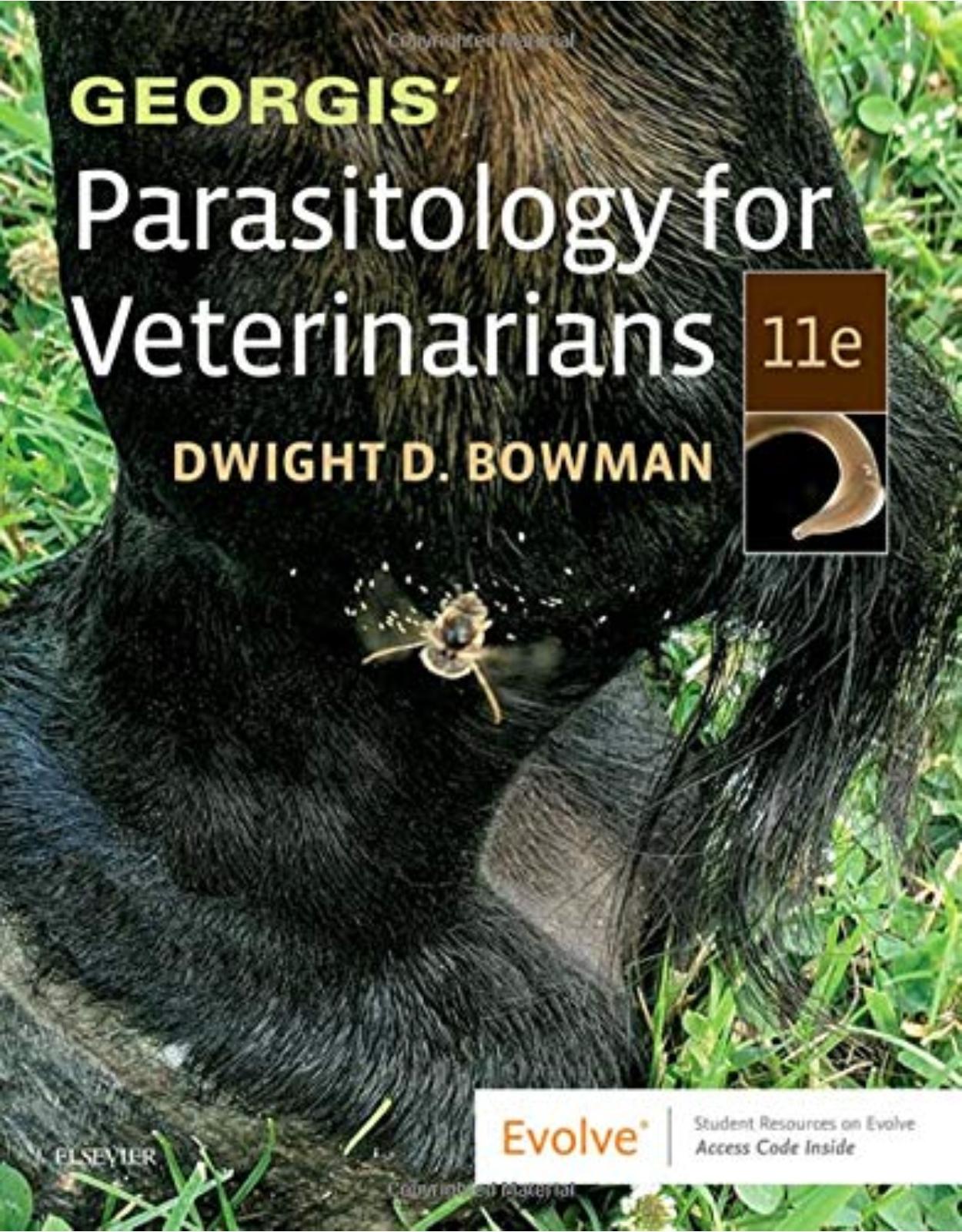
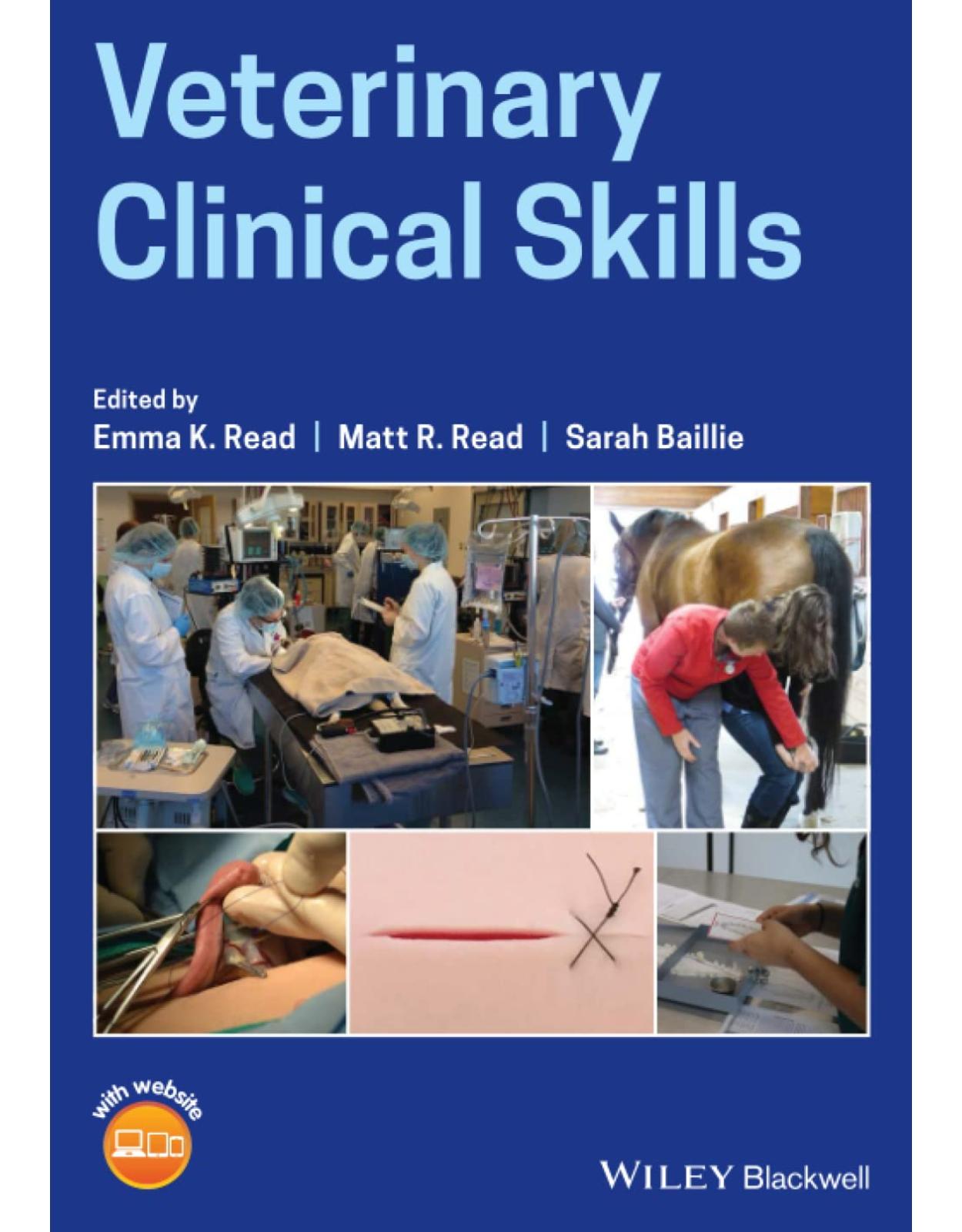
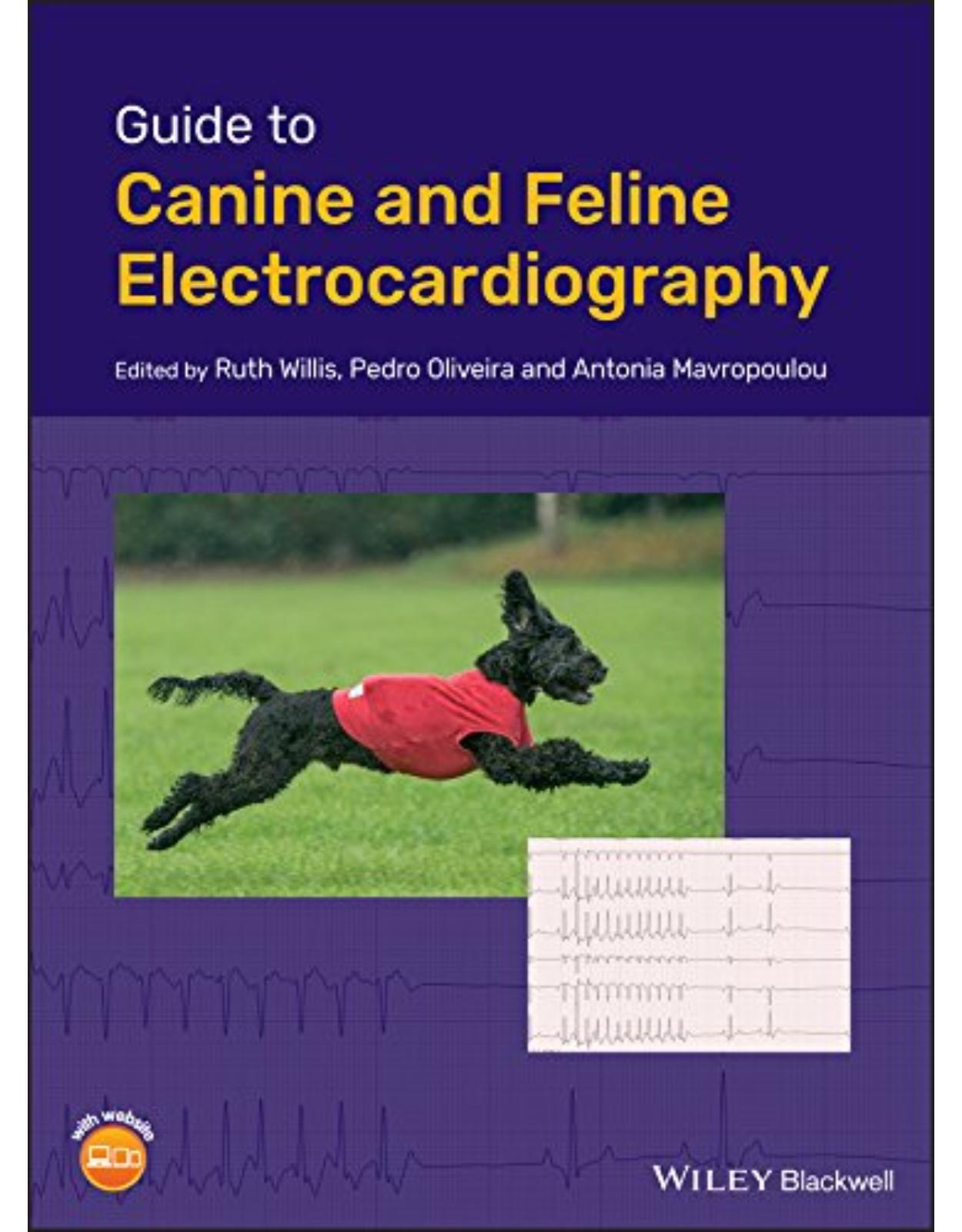
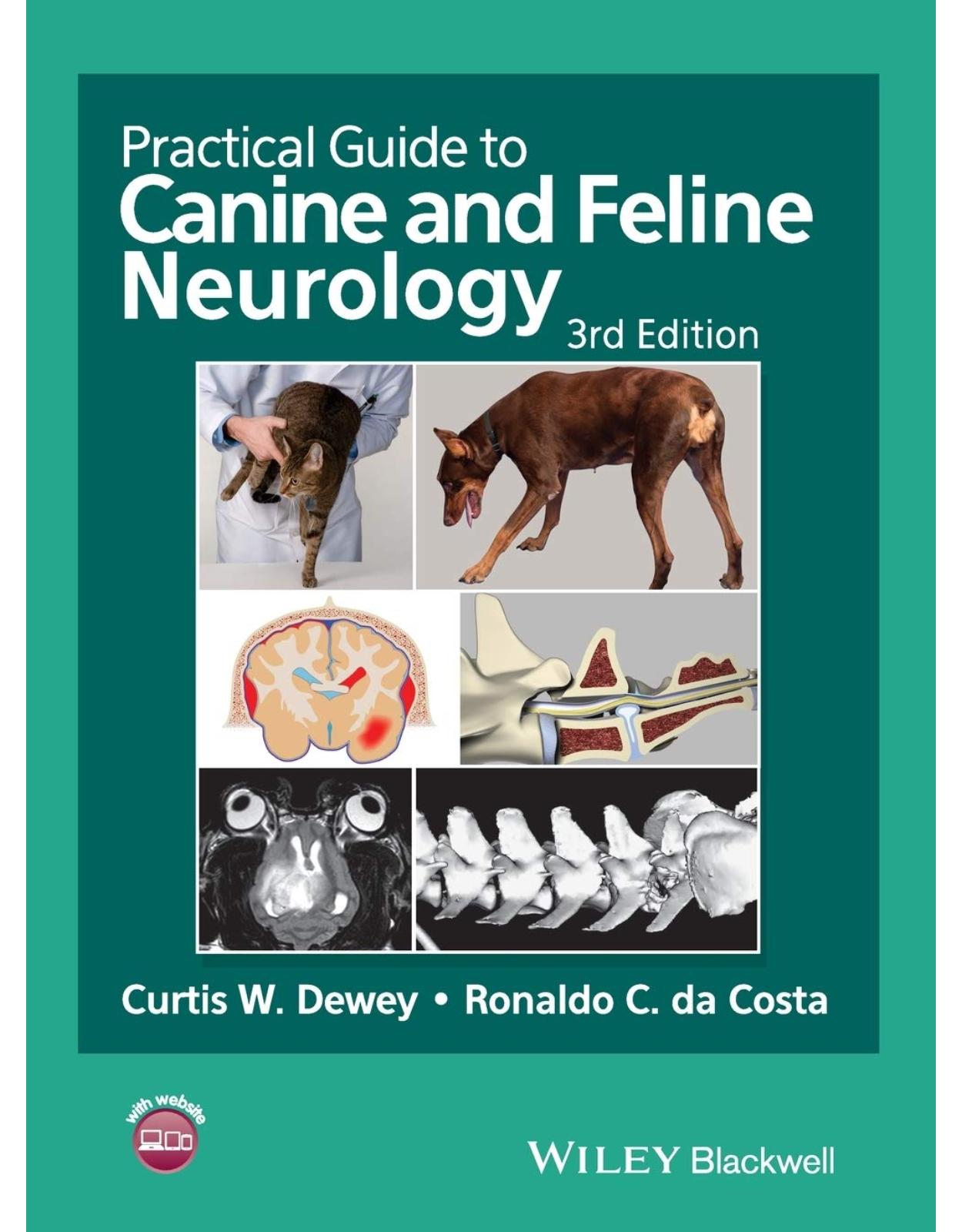
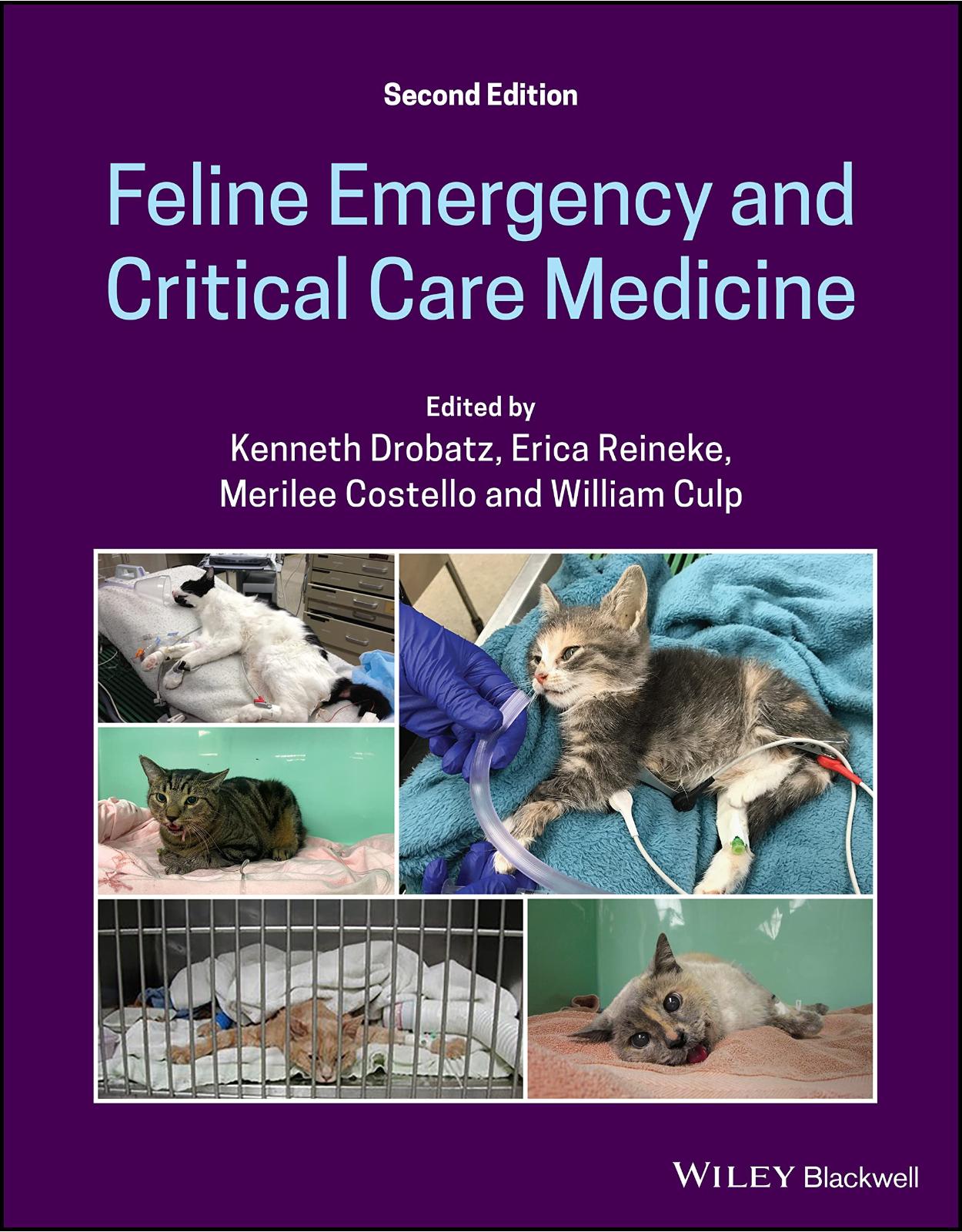

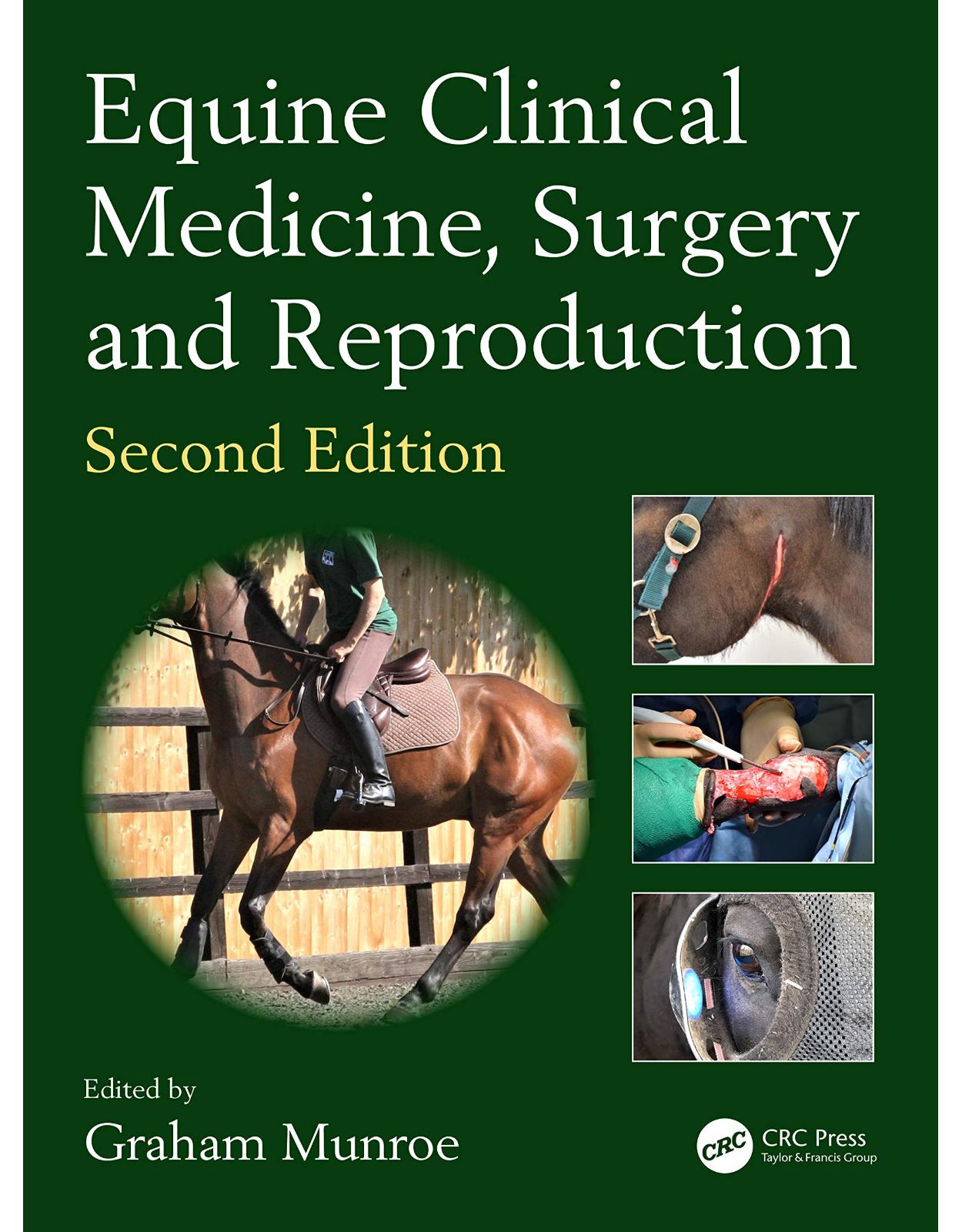
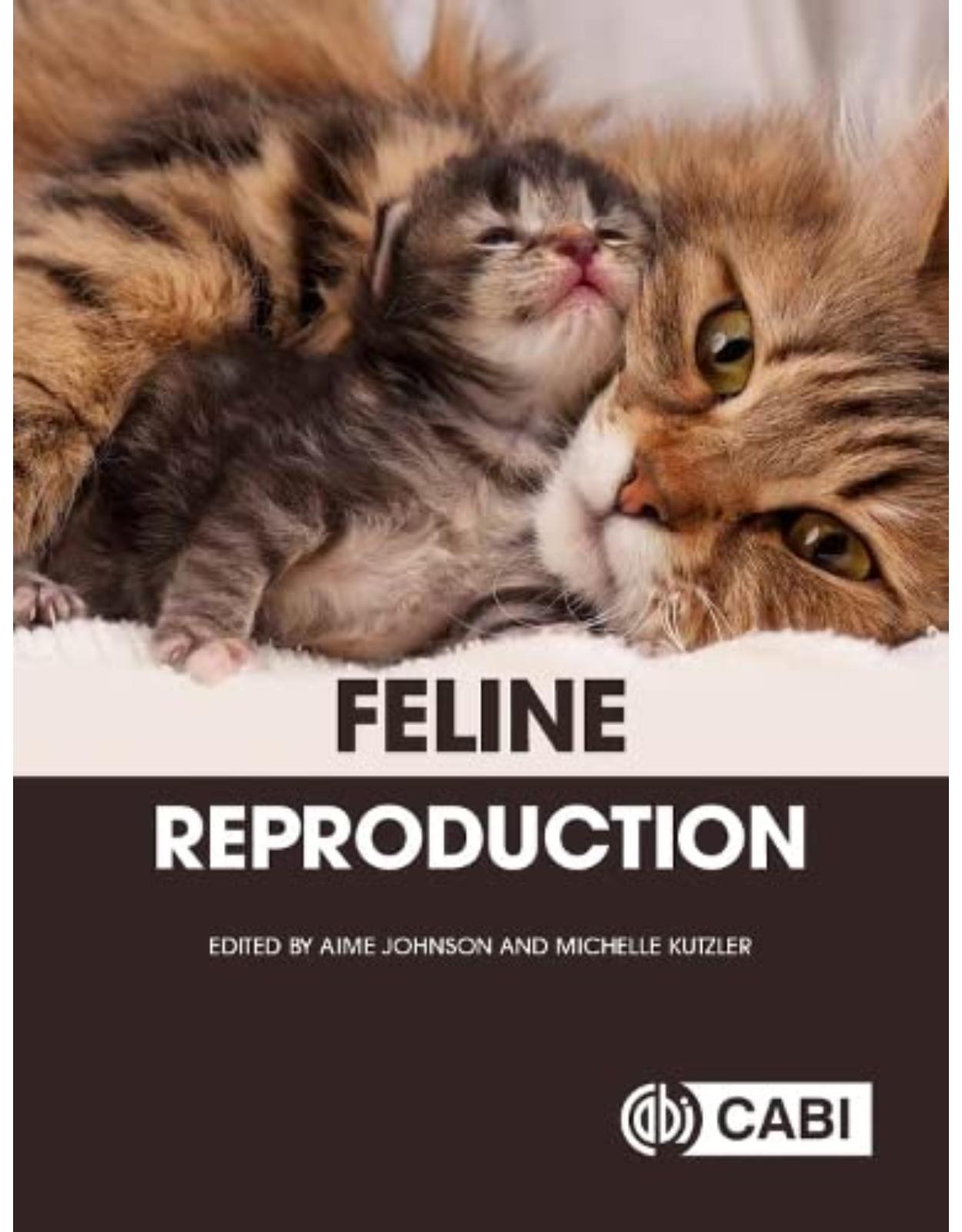
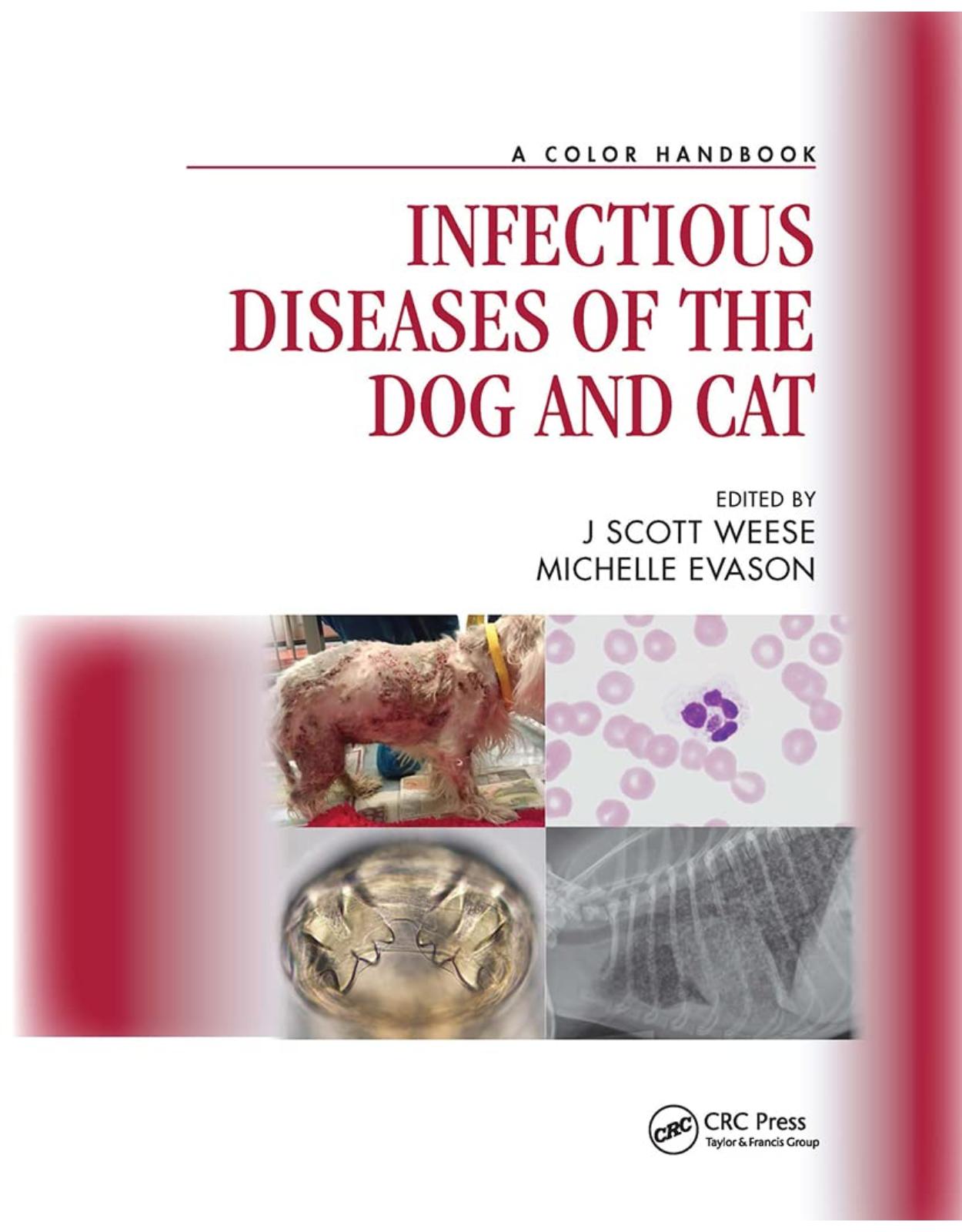
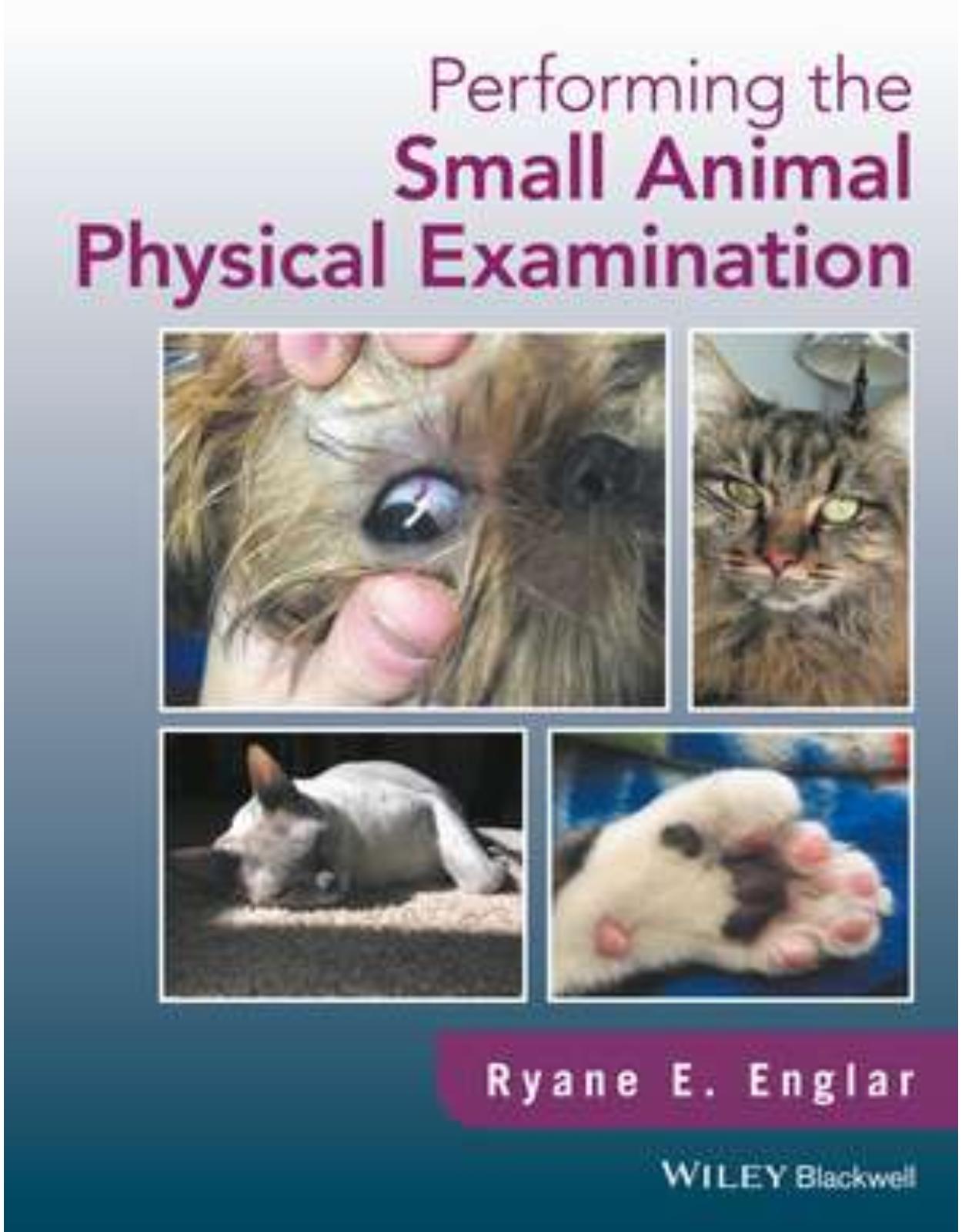
Clientii ebookshop.ro nu au adaugat inca opinii pentru acest produs. Fii primul care adauga o parere, folosind formularul de mai jos.